|
by Dark Watcher |
|
|
With Sony and Sega releasing their 32-bit CD consoles on the market, NEC wanted a piece of the action. The maker of the
successful PC Engine teamed up with 3rd party software developer Hudson Soft of Japan to create a 32-bit CD based console capable of
the highest quality FMV in any home video game system to date. The NEC PC-FX strayed from the common console design. The console resembled a PC desktop tower and even included 3 expansion ports for additional upgrades and peripherals. NEC decided not to load it up with 3D generating hardware and instead focused on making the PC-FX a killer 2D machine. Focusing on FMV (Full Motion Video) and 2D capabilities, the PC-FX used a custom chip capable of Run Length JPEG compression technology. The result was animation and FMV using full screen true color at 30 frames per second. The PC-FX is the king of systems for Anime and/or Hentai fans. The console could also play audio CDs (with an expansive CD menu control screen), CD+Gs, and Kodak CDs for viewing your home photos. The NEC PC-FX was released in Japan on December 23, 1994 to a lukewarm reception. The Sega \ Sony consoles shadowed an otherwise impressive system. Most software development was done by NEC and Hudson Soft with a total of 62 game releases. NEC supported the PC-FX till 1998 and never released the console outside of Japan. A total of about 100,000 units were reported sold. |
|
|
FACT: In 1995, NEC took a similar concept as the Creative Labs version of 3DO Blaster. The PC-FX Game Accelerator
(PC-FX GA) was a card that would allow PC-FX games to be played on computers. The card came in 2 flavors. The C-Bus
interface card was compatible with NEC's Japanese line of PC-98xx computers. The other has an ISA interface for IBM / AT
compatible computers. The ISA card however requires the DOS/V operating system (DOS/V is a special version of DOS for the
Japanese market). The package contained the card, a PC-FX controller, a driver CD and game development software (basic fighter /
RPG game type engines). The card itself supported S-Video, Composite, multiple audio in/out and requires external power.
It is an interesting device that can be imported or purchased on eBay. |
|
 HANDS ON REVIEW HANDS ON REVIEWby 98PaceCar |
|
|
The NEC PC-FX is a very Japanese console. As the follow up effort to the highly successful (at least in Japan)
PC Engine, NEC
was looking to hit one out of the park with gamers. Unfortunately, their efforts were too little too late and the PC-FX ended up
being little more than a footnote in the history of video gaming. The PC-FX was originally developed in 1992 as the Iron Man, but due to the continued success of the PC Engine and the developers disinterest in changing platforms, it was shelved until 1994 when it was released to compete with the 3DO and the upcoming Saturn and PlayStation. In the face of these new competitors and a rush to get to the market, NEC simply released the now dated PC-FX into the market and found itself under powered to compete. Most developers simply ignored the system which caused it to end up with a small and uninteresting library of games. Even NEC itself failed to deliver on the promised upgrades that could have given the system a longer, or at least more memorable, life. Design wise, the PC-FX is a very unique and aesthetically pleasing console. It is set up in a vertical, almost PC like configuration as opposed to the more normal horizontal style of other consoles. This makes it stand out in any collection as a true oddity. The PC-FX is not much wider than the CD media it uses for its games. It features three separate expansion bays; one on the front, one on the bottom and one on the rear. The controller ports are located on the lower third of the front of the console while the CD lid is located at the very top. The controller design is nearly identical to the controllers from the PC Engine Duo-RX console. They feature a smooth, eight way pad with six buttons along with a select and run button. There are also two switches used by some games to change the button mappings. The controllers themselves feel nice, but are a touch awkward to hold due to the molded backs. I found that I was adjusting them quite a bit during play to keep my hands comfortable. When compared to 1992 standards, the hardware itself is very capable. In the realm of FMV (a staple of the mid 90s consoles), the PC-FX is easily the most powerful of any console released during this time. It is capable of decoding JPEG images at 30 FPS while playing digital audio. But when compared against its main competitors, the PC-FX falls short in nearly every other category. Its graphics are closer to SNES level than those of the 32-bit world. While it is capable of playing digital audio well, generated sound effects come across as weak and tinny at times. The biggest shortcoming of the PC-FX has to be its library. At sixty-two games, there is little to choose from, especially for non Japanese gamers. Due to the weak hardware, most developers stayed away and NEC was forced to open up development to anybody that was interested. This led to a large number of Hentai and dating based games being released. Still other entries in the library are nothing more than digitized Anime episodes. That said, the PC-FX does have a couple of games that have some appeal to import gamers and are worth playing. Both Super God Trooper Zeroigar and Kishin Doji Zenki are playable by non Japanese speakers, but both command high prices and are difficult to locate. Most of the other games in the library either require substantial Japanese language skills or are just not all that fun to play. There are very few titles that would attract a hard core gamer. |
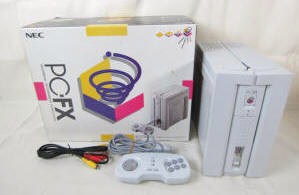 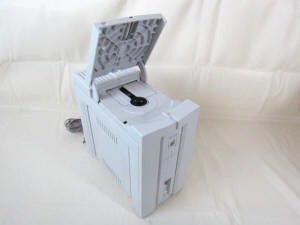  |
|
In my research for this review, I did have a good time with Power Dolls and having played Beyond Zork in English, I
got a good laugh out of the re-dubbed voices. Like the rest of the consoles from the 90's, the PC-FX is able to play CD+G and
Kodak Picture Disks, but this adds little to its appeal. Having been a big fan of the TurboGrafx 16 (PC Engine released in the US), I was very interested to see what NEC had done as a follow up. While there is nothing really wrong with the console, there's not really anything right with it either. I hesitate to recommend to to anybody other than either a fan of the quirky Japanese styled Anime games or someone that is a huge fan of the PC Engine. Most gamers will find little to hold their interest. For the collector, its an interesting piece as the design is very unique. The console itself is not terribly expensive, but games will add to the bottom line quickly. A nice bundle with a few games will likely run around $200, unless it includes one of the big two (Zeroigar and Zenki). Its frequently easier to find the system for sale from Japanese sellers, but its also possible to find it domestically if you are patient. |
|
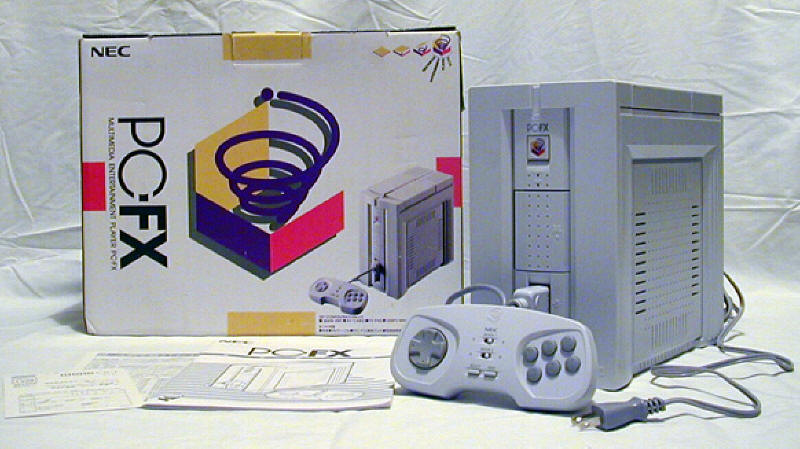 |
|
|






 2010s - NOTES
2010s - NOTES


 MODELS
MODELS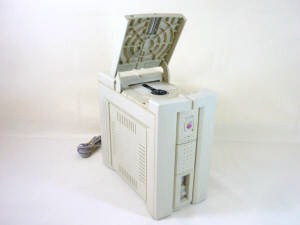
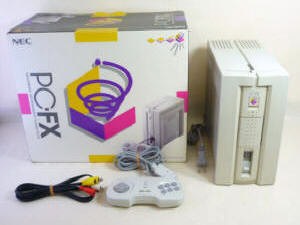
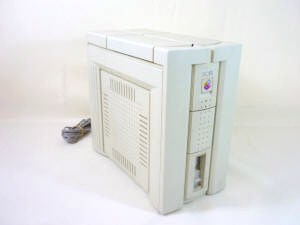
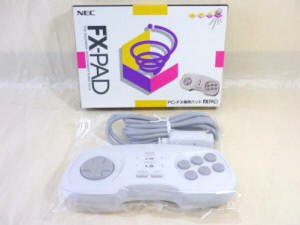



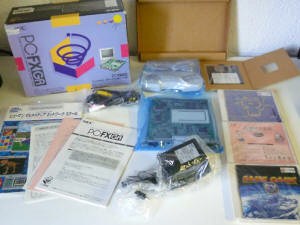
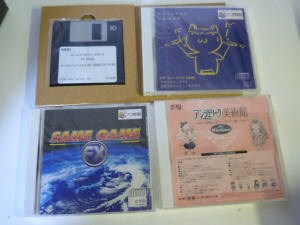
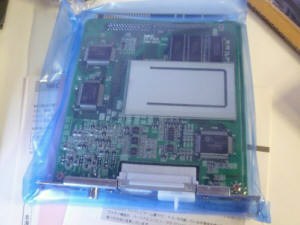
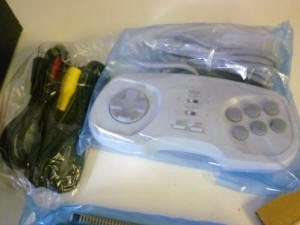
 CLONES
CLONES FORMAT, PACKAGING & GENERAL INFO
FORMAT, PACKAGING & GENERAL INFO

















 SCREENSHOTS
SCREENSHOTS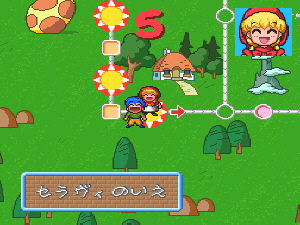
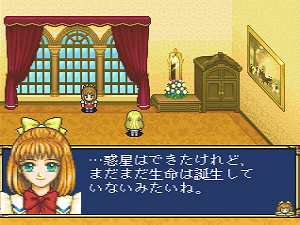
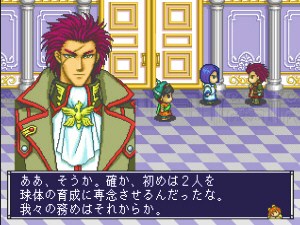
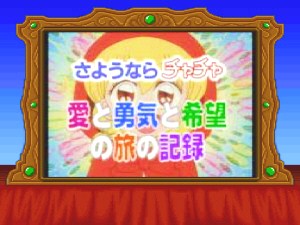
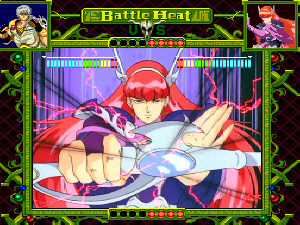
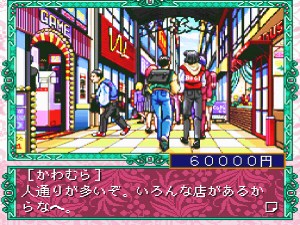
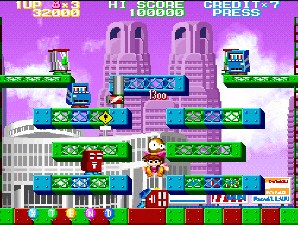
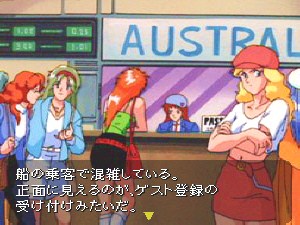
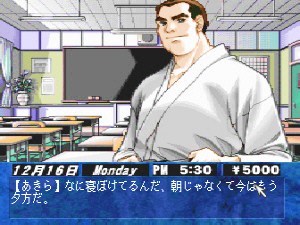
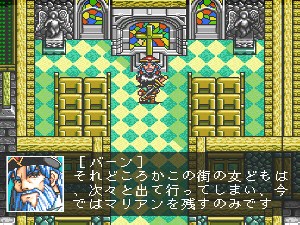
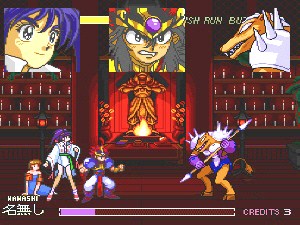
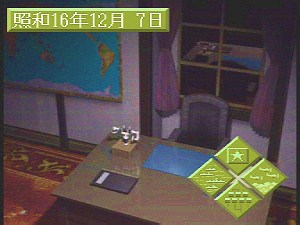
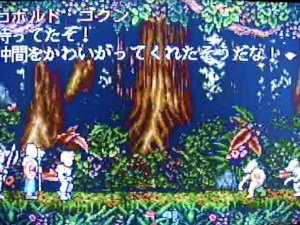
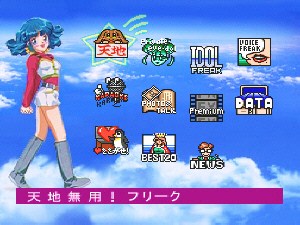
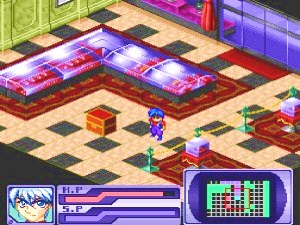

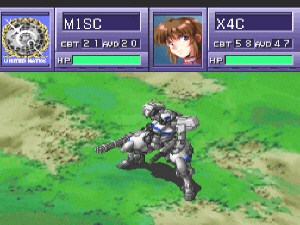
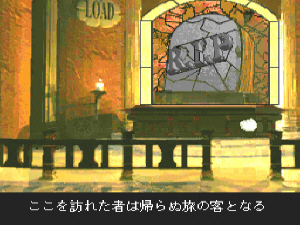
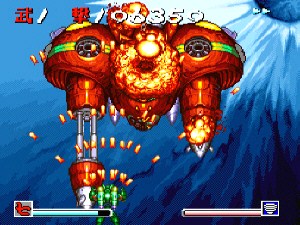

 EMULATION
EMULATION
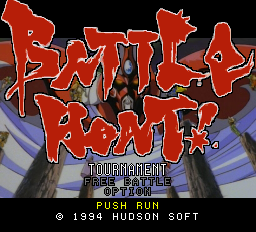
 SPECS & MANUALS
SPECS & MANUALS WEB RESOURCES
WEB RESOURCES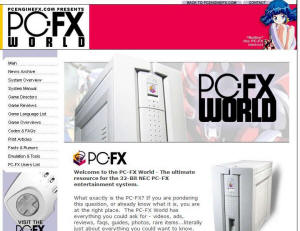
 DISCUSS
DISCUSS